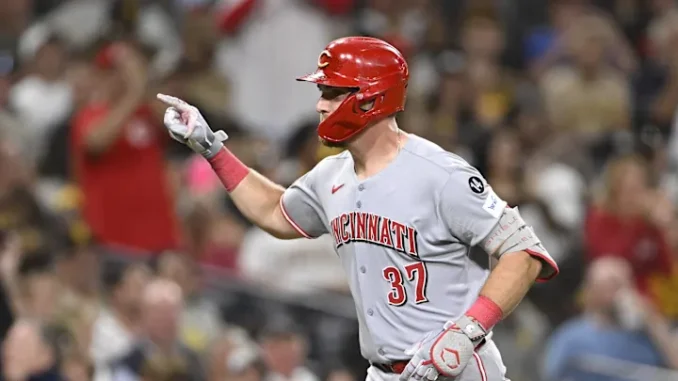
It almost feels unreal to acknowledge how long Tyler Stephenson has been part of the Cincinnati Reds organization. When the Reds selected him in the first round of the 2015 Major League Baseball Draft, the franchise was in a completely different era, both on the field and within the front office. The world around the Reds has changed, multiple roster cycles have come and gone, and Stephenson has seen teammates, coaches, and even presidents of baseball operations transition through the building. Yet, after all the turnover, the former first-round pick remains in Cincinnati, approaching what could be the most defining year of his professional career.
To put into perspective just how long Stephenson has worn a Reds uniform, it helps to remember what was happening the very day he was drafted. On that June afternoon, veteran right-hander Mike Leake took the mound at Great American Ball Park against the Philadelphia Phillies. Leake scattered 10 hits but limited the damage to only two earned runs across six innings, setting up what eventually became a 6–4 Cincinnati victory.
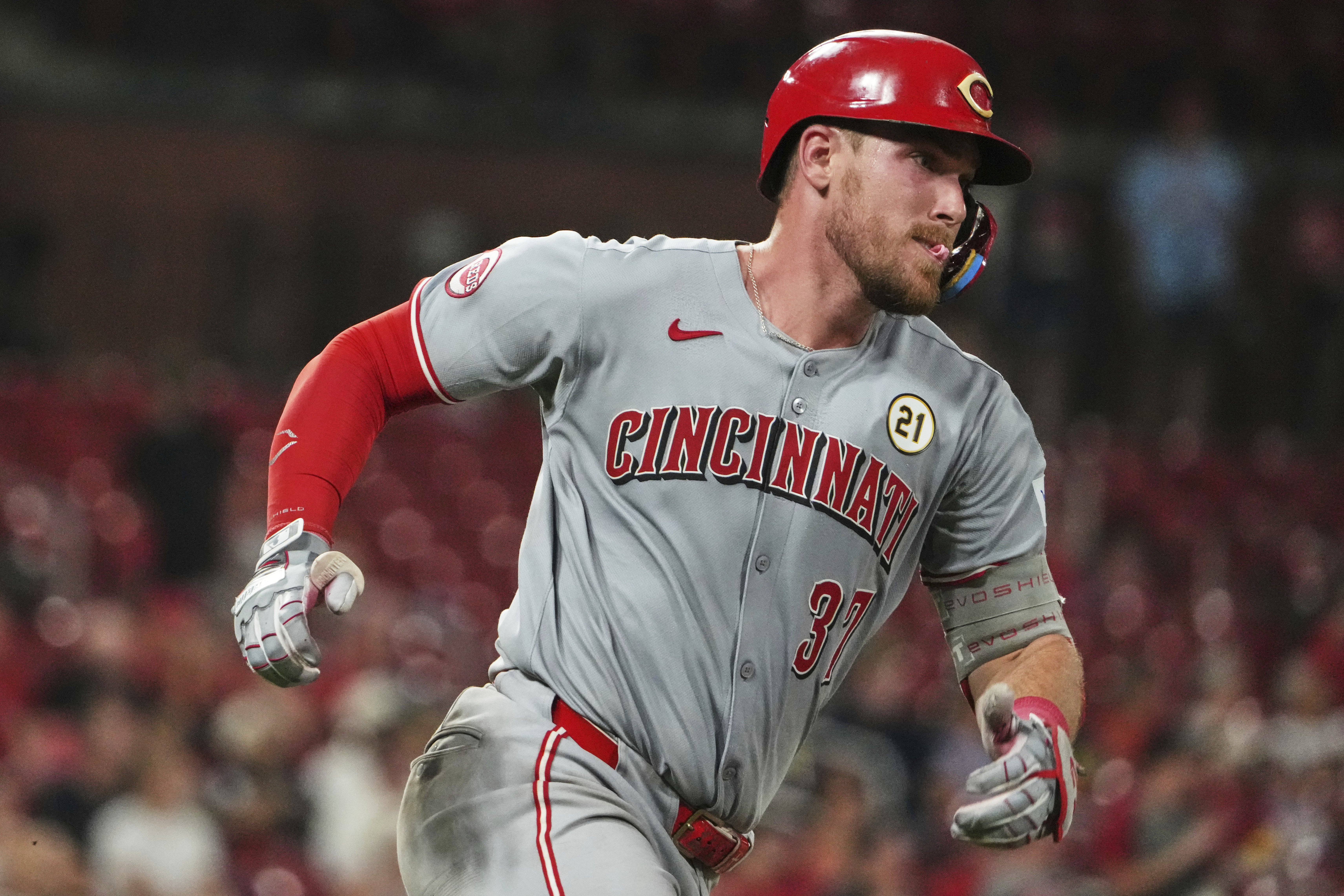
Fans watching the game that day saw a lineup that now feels like a snapshot from a different lifetime. At second base was Brandon Phillips, an anchor of the Reds’ infield for over a decade. Joey Votto—future Hall of Fame candidate and face of the franchise—held down first base. Todd Frazier manned third, bringing energy and power as one of the most beloved players in recent Reds history.
Jay Bruce patrolled right field with his signature easy power stroke, and Zack Cozart handled shortstop with calm reliability. Late in that game, Manny Parra, J.J. Hoover, and Aroldis Chapman combined to finish the final innings, and Chapman, with his blazing fastball, closed the door.
That moment feels like baseball archaeology now. Ten years have passed, and the Reds roster has been reshaped multiple times over—yet Stephenson remains. Next season will be his age-30 campaign and his last year of team control before he becomes eligible for free agency. Unless Cincinnati negotiates and finalizes a long-term extension, 2026 could mark the end of his Reds tenure.

And that leads to the central question: Should the Cincinnati Reds commit to Tyler Stephenson long-term, or is it time to consider turning the page at catcher?
When the Reds drafted Stephenson directly out of high school, scouts were intrigued by his large frame and the power potential in his bat. He was projected to develop into a middle-of-the-order offensive force—perhaps not an elite slugger, but certainly someone capable of hitting for significant power and anchoring a lineup. At times throughout his career, flashes of that potential have surfaced. Yet, the sustained breakout that many expected has never fully materialized.
Through parts of five major league seasons, Stephenson has hit .261 with a .338 on-base percentage and a .426 slugging percentage across nearly 2,000 plate appearances. That line results in a career OPS+ of 104, meaning he has been slightly above league average offensively. However, when narrowing the sample to his last three seasons combined, his production dips to a 98 OPS+, indicating he has performed slightly below league average over that span. His highest home-run total in a single season is 19, and his best slugging mark—.482—came during an injury-shortened 50-game season in 2022.
Those numbers make Stephenson a respectable hitter for a catcher, especially given how weak offensive production can be at the position across the league. However, they also suggest that his bat has not blossomed into what the Reds envisioned when they used their first-round pick on him. Cincinnati believed they were securing a middle-order run producer; instead, they’ve received a solid but not dominant contributor.
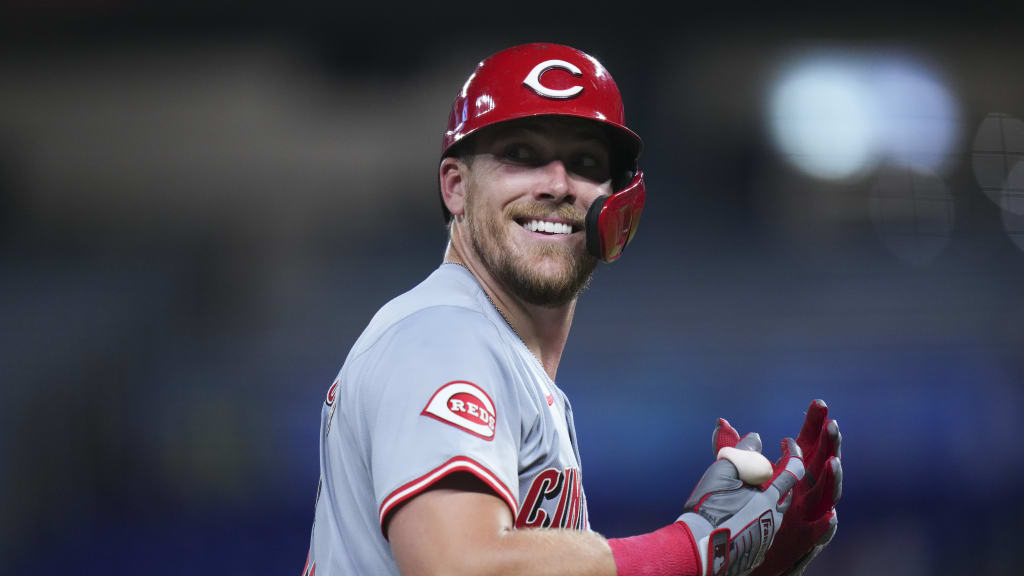
Contractually, Stephenson sits at a critical crossroads. Arbitration projections estimate that he will earn roughly $6.4 million for the 2026 season, his final year under team control. Any conversation about a potential extension would start from that financial baseline and increase substantially. Committing to a catcher into his 30s—especially one without elite offensive numbers—comes with obvious risk. Front offices across baseball have become increasingly cautious with long-term deals at physically demanding positions, and catcher remains the most grueling job of all.
Beyond the offensive conversation, defensive evaluation complicates the decision further. Advanced metrics show that Stephenson struggled behind the plate last season. He ranked near the bottom of the league in pitch framing, a skill many organizations now prioritize because of its direct impact on strike-zone control and pitcher performance. His pop time—the measurement of how quickly a catcher releases a throw to second base—also graded among the slowest in Major League Baseball. Those two weaknesses are difficult to ignore, especially in an era where analytics allow teams to quantify a catcher’s defensive value as accurately as ever.
Cincinnati’s actions suggest that they are already preparing for alternative scenarios. The franchise acquired veteran catcher José Trevino, one of the best pitch framers in the sport, and awarded him a contract extension shortly after acquiring him. Trevino’s defensive specialty directly contrasts Stephenson’s weakest area, which raises questions about how the organization views the future structure of the catching position.
Then there’s the prospect factor. Catching prospect Alfredo Duno, still only in his teens, became one of the breakout performers of the 2025 minor league season. Among all stateside minor league hitters, Duno produced one of the top three wRC+ marks, a statistic that adjusts offensive output relative to league and ballpark factors. His dominance placed him firmly on baseball’s radar, and evaluators believe he could reach the majors by late 2026. If Duno arrives as advertised—bringing a potent bat with above-average catching traits—the Reds will face a much different positional landscape than they do today.
With Trevino under contract, Duno rising rapidly, and Stephenson nearing free agency, Cincinnati must weigh both short-term competitiveness and long-term roster planning. The financial and baseball timing might not align with an extension.
Still, the decision isn’t simple. Stephenson has value beyond numbers. He is respected in the clubhouse, known for his professionalism, and has experience navigating the ups and downs of an evolving franchise. Pitchers enjoy throwing to him, and he has been part of the Reds’ transition from rebuilding club to emerging contender. Continuity can be valuable, especially at catcher, where relationships and familiarity influence game-calling and staff management.
But baseball is a forward-looking business. Teams cannot afford to make decisions based primarily on sentiment. The Reds must determine whether extending Stephenson would be an investment in production—or a payment for past loyalty.
Front offices tend to operate using two fundamental questions:
-
Is this player elite relative to the league at his position?
-
Do we have (or soon have) a cheaper, younger replacement with similar or greater upside?
When viewed through that lens, Stephenson’s future in Cincinnati looks uncertain. He has been a solid major league player, but his offensive production has plateaued, his defensive value is questionable, and a highly touted prospect is moving through the system. Long-term extensions are typically reserved for cornerstone players—those who either perform at a star level or fill a position where replacing them is extremely difficult.
Stephenson currently fits neither profile.
That leaves the Reds with a decision that could shape the next several seasons: Is it better to lock in stability or transition to a new era at catcher?
If the organization believes Stephenson can return to being an above-average hitter and improve defensively—or at least remain steady until Duno is ready—then an extension could offer lineup continuity. On the other hand, the Reds might see greater roster flexibility by letting the contract play out, using Trevino as a bridge, and preparing for Duno’s arrival.
In the end, this debate may come down to timing and philosophy. Cincinnati has embraced youth, athleticism, and financial efficiency. Those traits define the current identity of the franchise. Extending Stephenson would be a deviation from that approach.
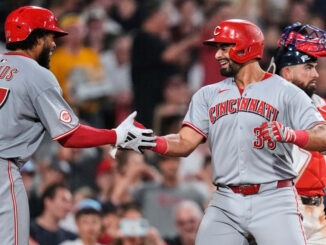
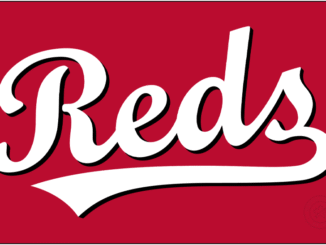
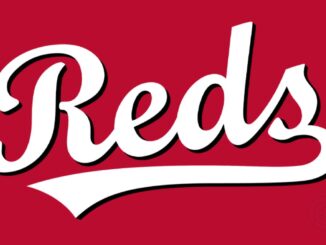
Be the first to comment